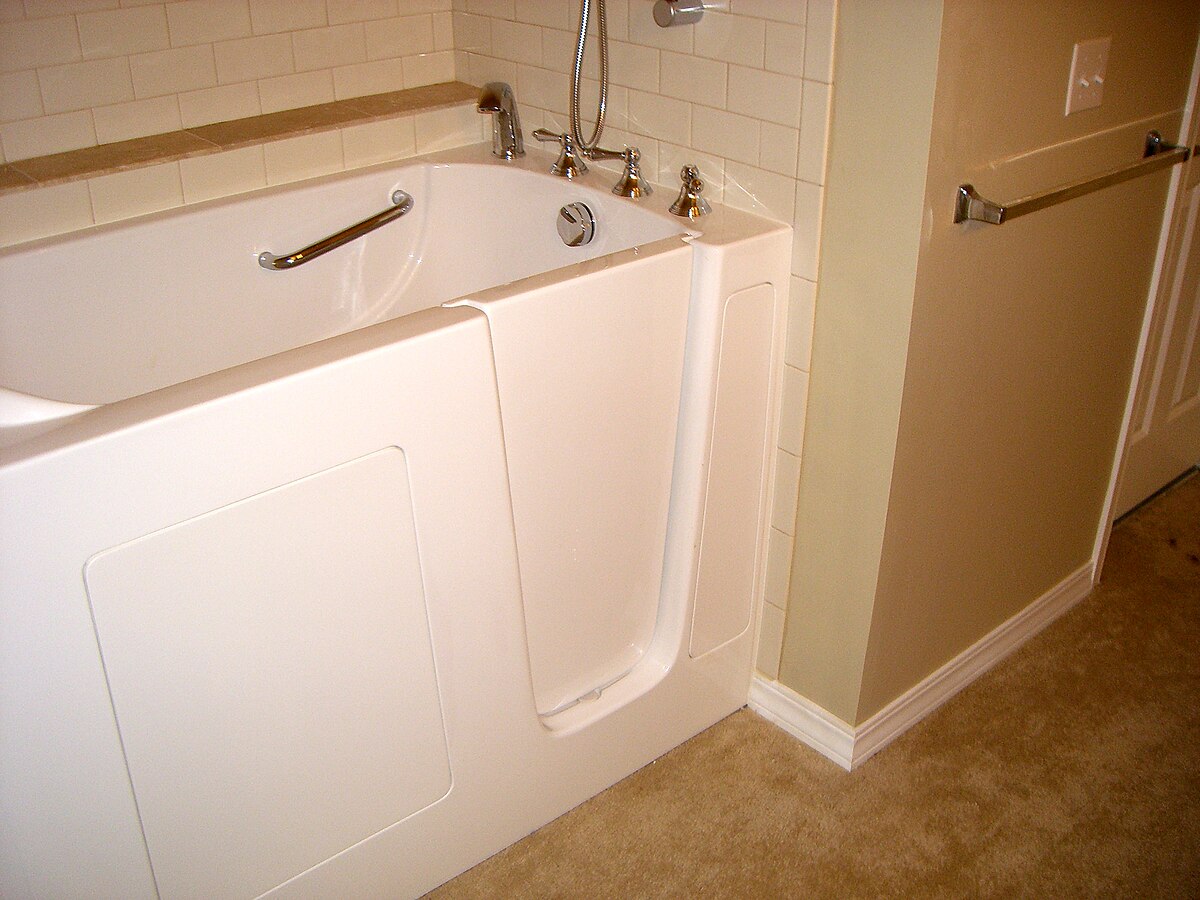Home Safety: Walk-In Baths for Seniors
As we age, maintaining independence and safety in our homes becomes increasingly important. One area that often requires special attention is the bathroom, particularly the bathtub. This article explores the world of walk-in tubs, a popular solution for seniors seeking comfort and safety in their daily bathing routines.
What Are Walk-In Tubs and How Do They Benefit Seniors?
Walk-in tubs are specially designed bathtubs with a watertight door that allows users to enter and exit without having to step over a high tub wall. These tubs typically feature a seat, non-slip surfaces, and handheld showerheads. The primary benefits for seniors include:
-
Reduced fall risk: The low threshold entry minimizes the risk of tripping or falling while getting in and out of the tub.
-
Increased independence: Seniors can bathe safely without assistance, maintaining their dignity and autonomy.
-
Improved comfort: Built-in seats and handheld showerheads make bathing more comfortable and accessible.
-
Therapeutic features: Many models offer hydrotherapy jets, which can help alleviate joint pain and improve circulation.
What Safety Features Should Seniors Look for in Walk-In Tubs?
When choosing a walk-in tub, seniors should prioritize safety features that enhance their bathing experience:
-
Anti-slip flooring: Textured surfaces reduce the risk of slipping when the tub is wet.
-
Grab bars: Strategically placed handrails provide support and stability.
-
ADA-compliant seating: Comfortable, appropriately sized seats that meet accessibility standards.
-
Quick drain technology: Rapid draining systems allow users to exit the tub promptly.
-
Anti-scald valves: These prevent sudden temperature changes that could cause burns.
-
Low step-in height: The lower the threshold, the easier it is to enter and exit the tub.
Are There Different Types of Walk-In Tubs Available?
Yes, there are several types of walk-in tubs designed to meet various needs and preferences:
-
Soaker tubs: Basic models with a door, seat, and handheld showerhead.
-
Hydrotherapy tubs: Feature air or water jets for therapeutic massages.
-
Wheelchair-accessible tubs: Have outward-swinging doors and wider entries for easy transfer from a wheelchair.
-
Bariatric tubs: Larger models designed to accommodate individuals with higher weight capacities.
-
Combo walk-in tub and shower: Offer the option to take a shower or bath in the same unit.
-
Lay-down walk-in tubs: Allow users to recline fully, similar to traditional bathtubs.
What Should Seniors Consider When Installing a Walk-In Tub?
Installing a walk-in tub requires careful consideration of several factors:
-
Space requirements: Ensure your bathroom can accommodate the tub’s dimensions.
-
Plumbing compatibility: Check if your existing plumbing can support the tub’s water usage and drainage needs.
-
Electrical requirements: Some models with jets or heated seats may need additional electrical work.
-
Door swing: Choose between inward or outward-swinging doors based on your bathroom layout.
-
Water heater capacity: Verify that your water heater can fill the tub with sufficiently warm water.
-
Installation method: Decide between a drop-in, freestanding, or alcove installation based on your bathroom’s design.
How Much Do Walk-In Tubs Cost and What Are the Top Options?
Walk-in tubs can vary significantly in price depending on features, quality, and installation requirements. Here’s a comparison of some popular options:
| Product/Service | Provider | Cost Estimation |
|---|---|---|
| Gelcoat Value Series | American Standard | $4,000 - $8,000 |
| Luxury Series | Kohler | $11,000 - $16,000 |
| Ella’s Bubbles Malibu | Home Depot | $5,000 - $7,000 |
| Sanctuary Full Bather | Safe Step | $10,000 - $15,000 |
| Allure Walk-In Tub | Jacuzzi | $12,000 - $20,000 |
Prices, rates, or cost estimates mentioned in this article are based on the latest available information but may change over time. Independent research is advised before making financial decisions.
When considering cost, it’s important to factor in potential long-term savings from improved safety and the ability to age in place. Many providers offer financing options, and some seniors may qualify for grants or assistance programs to help offset the cost.
How Can Seniors Maintain Their Walk-In Tubs?
Proper maintenance is crucial for ensuring the longevity and safety of walk-in tubs:
-
Regular cleaning: Use non-abrasive cleaners to prevent damage to the tub’s surface.
-
Check seals: Inspect door seals regularly to prevent leaks.
-
Test safety features: Ensure grab bars, anti-slip surfaces, and drainage systems are functioning properly.
-
Professional servicing: Schedule annual check-ups with a qualified technician, especially for tubs with jets or electrical components.
-
Address issues promptly: Don’t ignore small problems, as they can lead to larger, more expensive repairs.
-
Follow manufacturer guidelines: Adhere to specific care instructions provided by the tub’s manufacturer.
Walk-in tubs offer seniors a safer and more comfortable bathing experience, promoting independence and reducing the risk of bathroom-related accidents. By carefully considering the types available, safety features, installation requirements, and costs, seniors can make an informed decision that enhances their quality of life and supports aging in place.
This article is for informational purposes only and should not be considered medical advice. Please consult a qualified healthcare professional for personalized guidance and treatment.





